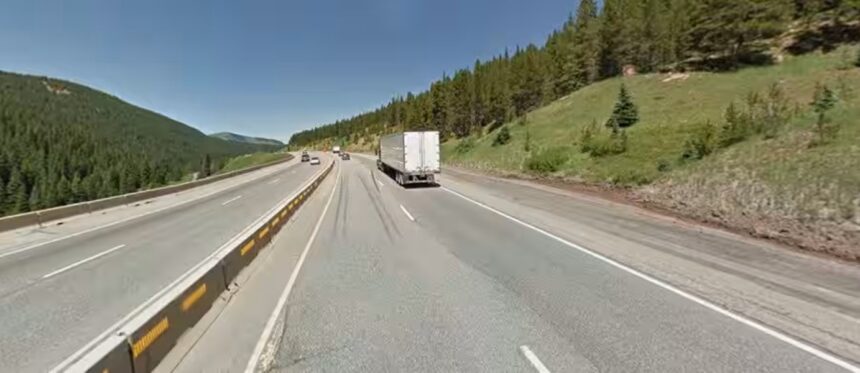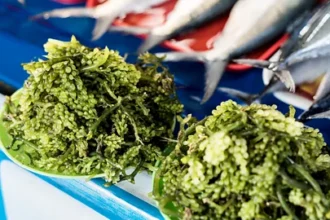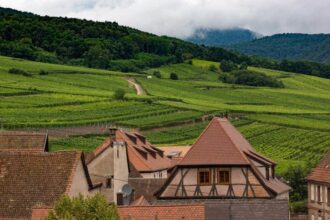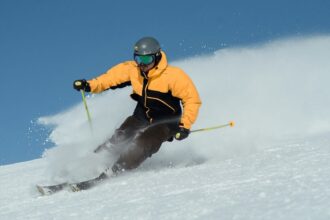In Colorado’s high-country lore, even the most easy-going mountain communities can fiercely guard their traditions—especially when it comes to cherished place names. Such was the case in the 1930s when the State Highway Department, led by engineer Charles D. Vail, rerouted and widened the old Monarch-Agate Pass (between Salida and Gunnison) as part of U.S. 50. To honor its chief engineer, officials rechristened it “Vail Pass.”
Locals, however, weren’t having it. Monarch Pass was woven into community identity long before state surveyors arrived. Newspaper accounts tell of residents under cover of night unbolting or painting over the new “Vail Pass” signs. Rather than dig in, Charles Vail—known for his collaborative leadership—accepted the backlash. Within months, the pass’s historic name was restored.
Yet the story didn’t end there. Vail’s humility and lasting contributions to Colorado’s highways spurred a second commemoration. Decades later, when planners cut a new route over the Gore Range—slashing the Denver–Grand Junction drive by hundreds of miles—they named that highway “Vail Pass” in his honor.
The tribute grew even larger still. In 1962, developers christened their new alpine resort town “Vail,” drawn from the pass’s name. Today, Vail is synonymous worldwide with top-tier skiing and mountain hospitality—all stemming from a humble engineer who once graciously ceded a sign dispute to preserve community pride.
Sometimes, the strongest legacies rise not from insisting on one’s way, but from listening—and finding new paths forward.













